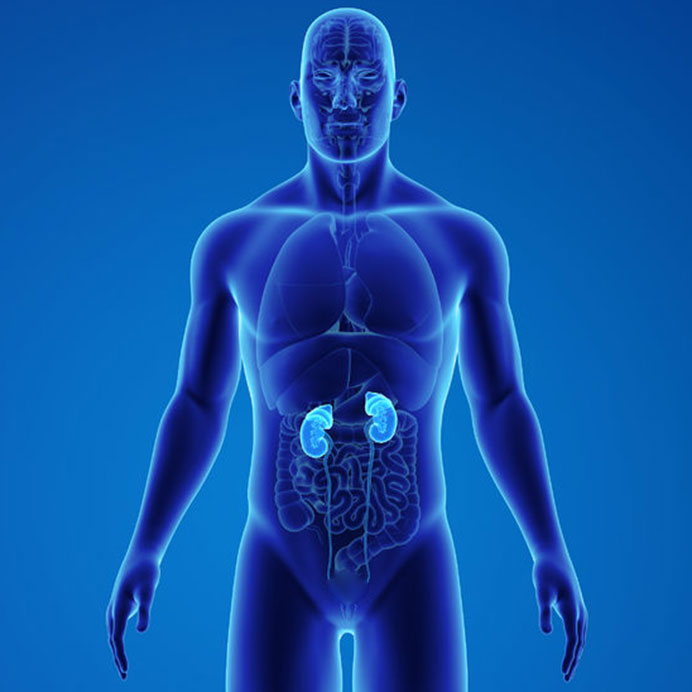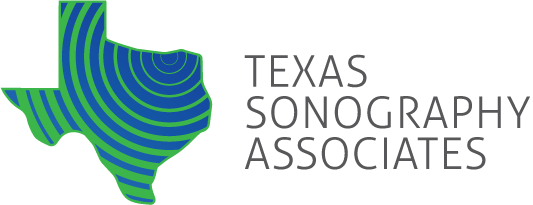Kidneys
The kidneys are a pair of bean-shaped organs a little larger than your fist and are found in the back of the abdominal to the left and right side of the spine. Each kidney is a little larger than your fist.
The kidney functions to filter out toxic metabolites, adjust electrolyte levels, and maintain fluid balance. Blood enters the kidneys from the renal arteries and is filtered at high volumes. The filtered blood leaves via the renal veins. All of the blood in your body passes through the kidneys several times a day. The wastes that are removed from the blood are converted to urine and pass to the bladder via paired ureters.
Renal Ultrasound Examination
Ultrasound examination is an accurate and non-invasive technique commonly used to examine the kidneys and surrounding retroperitoneal structures. Renal ultrasound is a safe and painless procedure that uses sound waves (rather than ionizing radiation) to creat real-time high-resolution images of the kidneys, ureters, and bladder. It can detect injuries, cysts, masses, stones, and blockages. The examination usually takes about 30 minutes to perform and does not generally require NPO or prep.

Indications
Common indications for a renal ultrasound evaluation include:
- Flank Pain
- Hematuria
- Kidney Stones
- Proteinuria
- Hydronephrosis
- Bladder Infection
- Kidney Infection
Frequent Diagnosis
Common diagnoses made with renal ultrasound:
- Benign Renal Masses and Cysts
- Renal Carcinoma
- Kidney Stones
- Dilated Ureters
- Hydronephrosis
- Acute Renal Failure
CPT Codes
-
76770 – Ultrasound, retroperitoneal (renal, aorta, nodes), complete
-
76775 – Ultrasound, retroperitoneal (renal, aorta, nodes), limited
-
76776 – Ultrasound, transplanted kidney
Common ICD-10 Codes
-
N18.9 – Chronic kidney disease, unspec
-
I70.0 – Atherosclerosis of aorta
-
I10 – Essential (primary) hypertension
-
R10.31 – Right lower quadrant pain
-
R10.32 – Left lower quadrant pain
-
R31.9 – Hematuria, unspecified
-
N17.9 – Acute kidney failure, unspecified
-
N20.0 – Calculus of kidney
-
R80.9 – Proteinuria, unspecified
-
N28.1 – Cyst of kidney, acquired
-
N27.0 – Small kidney, unilateral
-
N30.91 – Cystitis, unspecified with hematuria
-
N39.0 – Urinary tract infection, site not specified
-
R94.4 – Abnormal results of kidney function studies
-
N13.30 – Unspecified hydronephrosis
-
Q61.9 – Cystic kidney disease, unspecified
-
N23 – Unspecified renal colic
-
R30.0 – Dysuria
-
R35.0 – Frequency of micturition
-
N27.1 – Small kidney, bilateral
-
R34 – Anuria and oliguria
© 2022 Texas Sonography Associates | Site by JQ

